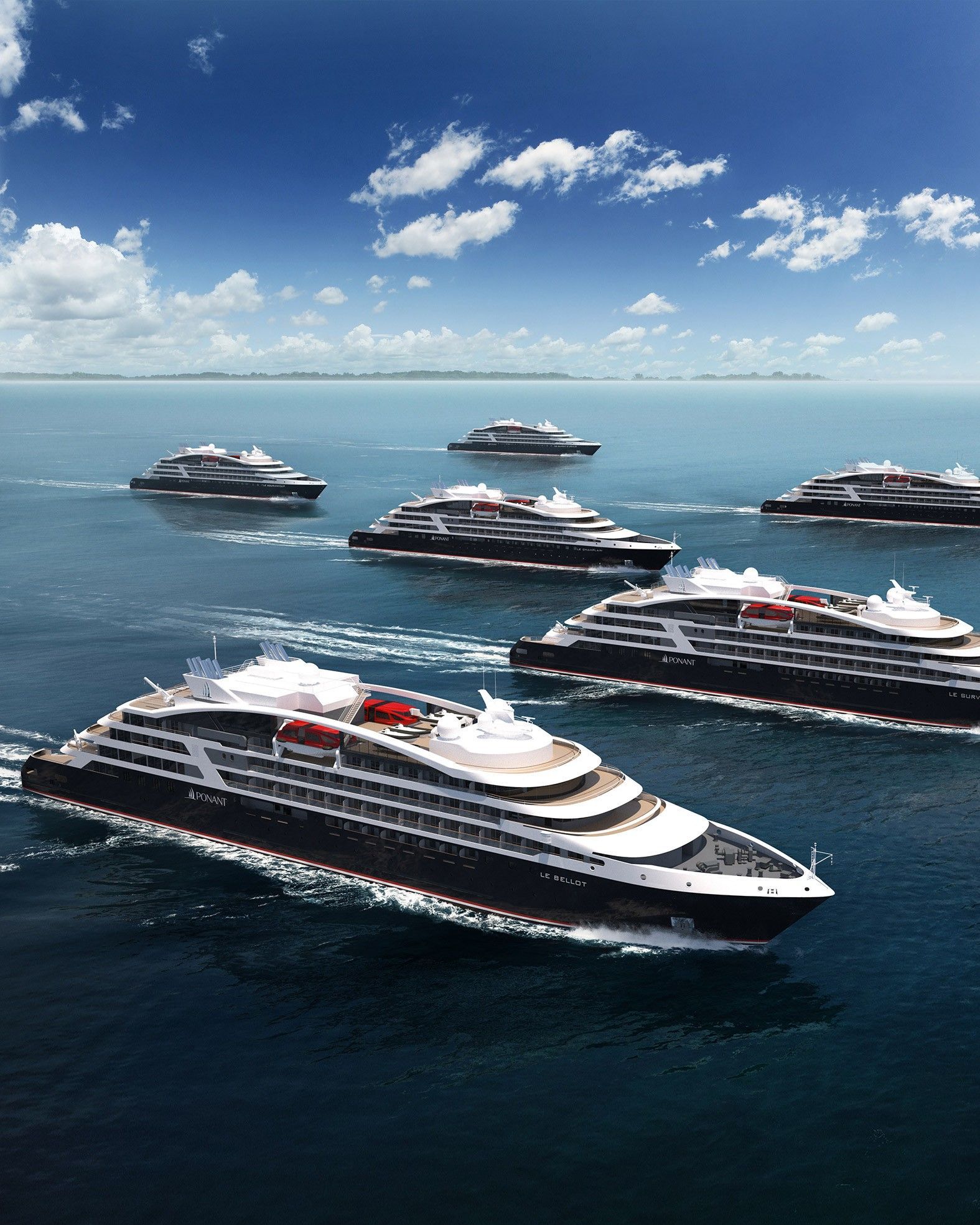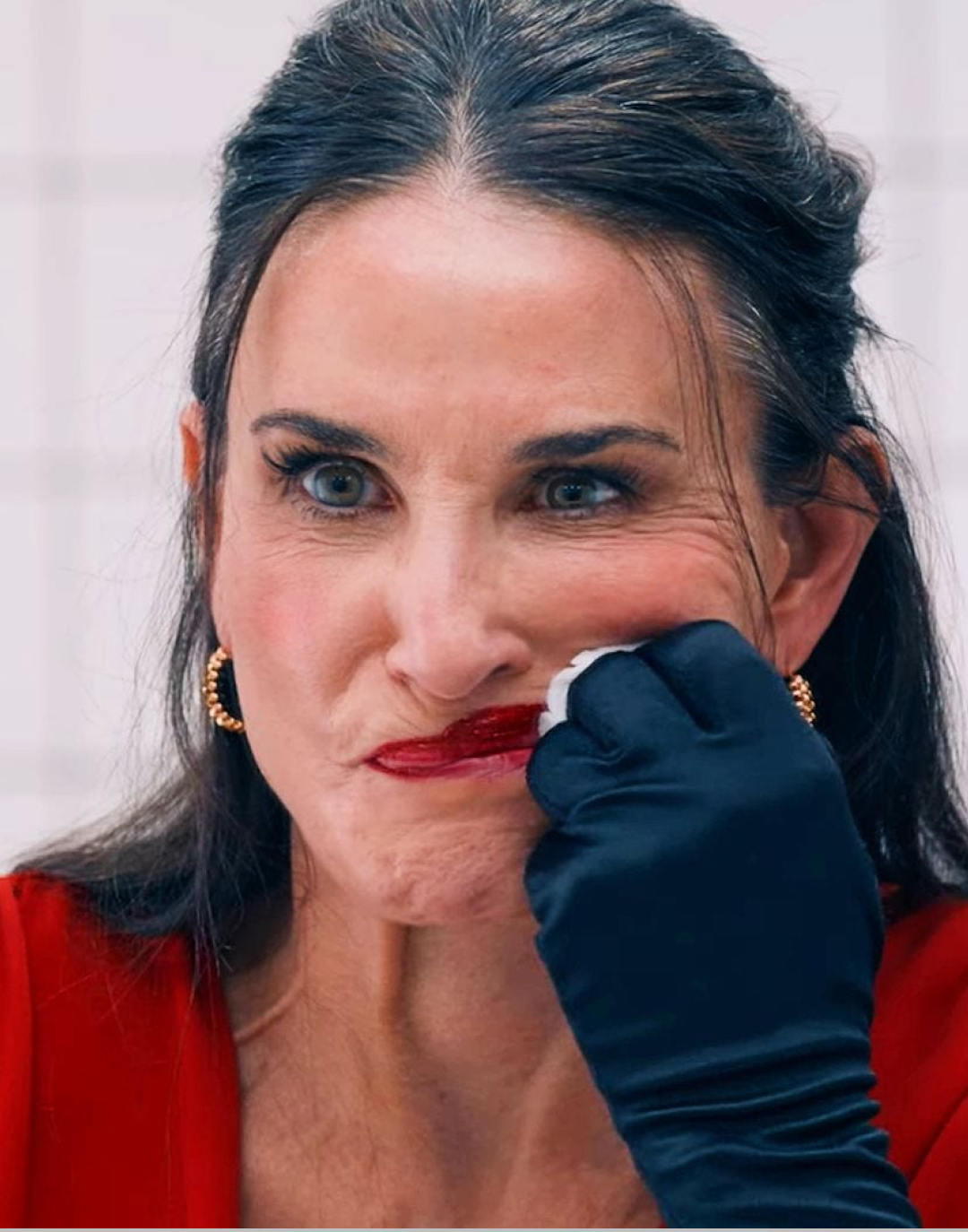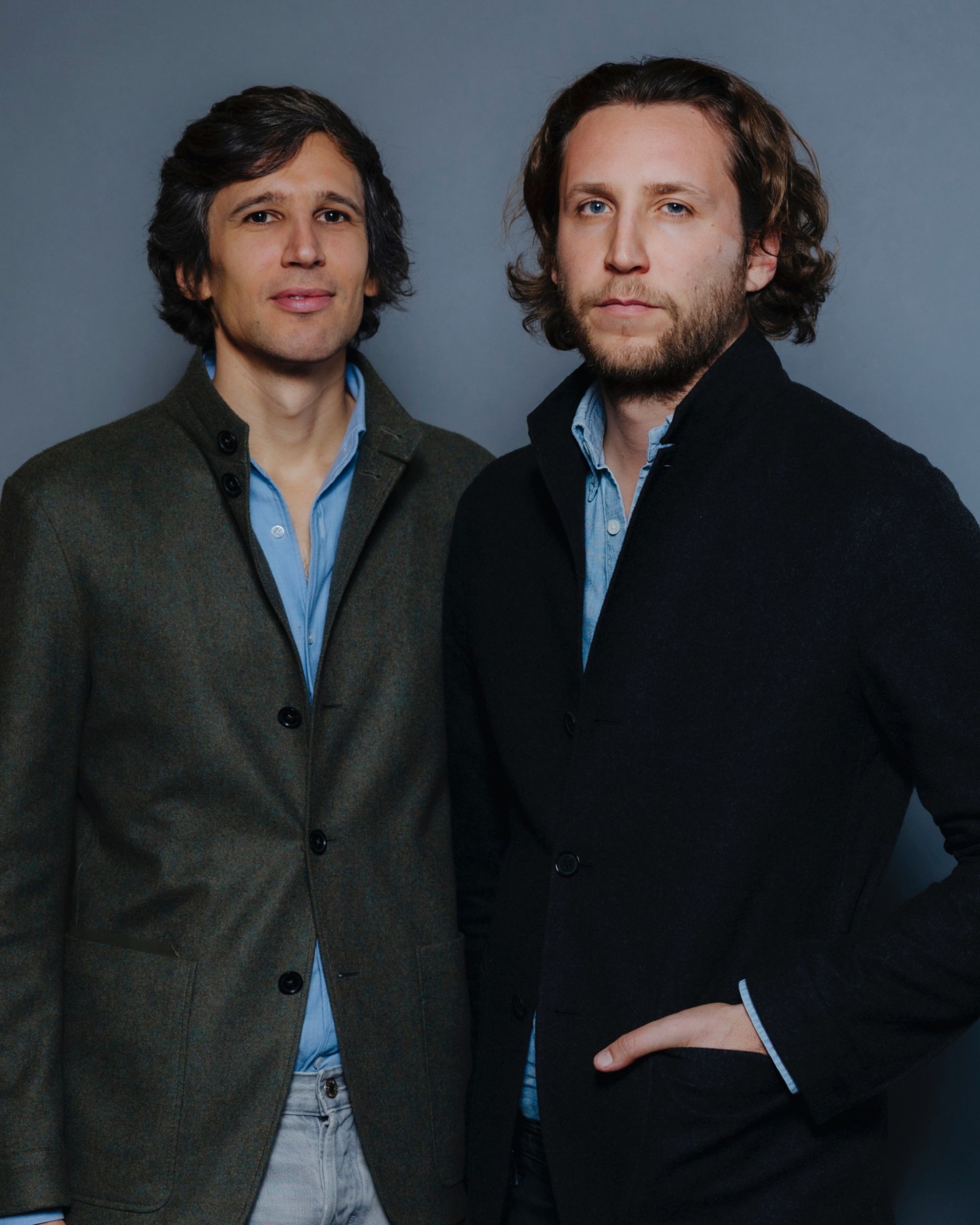
Is Kering in a crisis? Let's analyze the situation by comparing it with those who, on the other hand, are succeeding
With the financial report for the first quarter of 2024, Kering painted a rather turbulent picture of the fashion industry, due to a general slowdown in profits (even LVMH and Valentino suffered during the quarter), which the transition phase many of its brands are going through made heavier than expected. The group expects a substantial drop in operating profit for the first half of the year, ranging from 40% to 45% year-on-year, mainly due to the decline in Gucci sales in key markets like Asia. Indeed, Kering reported a significant 11% decline in group revenues for the first quarter – an amount around 4.5 billion euros, indicating a challenging start to the fiscal year. Gucci, Kering's main brand, undergoing strategic restructuring under the guidance of CEO Jean-François Palus and creative director Sabato De Sarno, recorded an organic revenue decline of 18% in the first quarter. Although this figure is slightly better than expected, it underscores the extent of the challenges facing Gucci's revival: it should be noted, however, that De Sarno's designs currently represent only 25% of the merchandise on sale while they are expected to represent all new products around mid-year. The sales slowdown, therefore, does not so much correspond to the new creative direction as to the transition phase the brand is completing, adopting a new strategy that will yield results later in the year.
Elsewhere, organic sales for Saint Laurent decreased by 6% compared to the same period, while Bottega Veneta managed to defy the trend with an organic sales increase of 2%, demonstrating some resilience to the sector's decline. Under the category of "other brands," which includes Balenciaga, Alexander McQueen, and Boucheron, sales declined by 6%, while both Kering Eyewear and the emerging beauty division collectively recorded a notable 9% increase in comparable sales. In terms of geographical breakdown, Kering faced challenges in various regions: in the South Asia region, the group saw a significant 19% sales decline, 11% in North America, and 9% in Western Europe. It was in Japan where sales grew by 16% (also thanks to currency dynamics), while the rest of the world saw a modest 6% increase, aided by the Middle Eastern market. Despite the challenging environment, Kering confirmed its commitment to investing in its brands, albeit with a more selective and rigorous approach to assessing returns on investment. The efforts are particularly intense at Gucci, which alone represents half of the group's revenues, and where there will be a focus on introducing new products, especially in the handbag category. According to analysts, there should still be potential sequential improvements in sales driven by marketing efforts, new collections, and management turnover. Nevertheless, the pace of Gucci's turnaround could be slower than expected, as the entire sector finds itself in a rather complex moment.
@zegna Tactile Oasi Cashmere looks — crafted from fibres we commit to certifying as 100% traceable from 2024 — were showcased in the heart of Milan for the #ZEGNAFW24 Fashion Show. Showcased against a mountain of precipitating Oasi Cashmere fibres, the collection of earthy hues, voluminous proportions and sophisticated layers pays tribute to the founding values of Oasi Zegna: our 100km2 natural territory in the Alps of northern Italy. #ZEGNAFW24 #OASICASHMERE suono originale - ZEGNA
But if Kering is suffering, along with Valentino and also Capri Holdings, there are other groups that are thriving. Specifically, both the Zegna Group and Brunello Cucinelli (similar results are expected from Hermès and the Prada group, which will release results in the coming hours) have recorded robust performances. For the Zegna Group, sales increased by 8.1% to €463.2 million in the first quarter, with a constant currency growth of 10.7%. Organic growth was 6.8%. Zegna saw a 4% growth with significant expansion in the footwear and casual clothing sector. Thom Browne, despite a 29.6% decrease due to targeted wholesale reductions for brand exclusivity, showed resilience in Japan, while Tom Ford generated €65 million in the last three months, strong in the United States with plans for further expansion. Brunello Cucinelli, on the other hand, recorded a robust 16.5% increase in revenues to €309.1 million in the first quarter, with sales up 13.9% in Europe, 19.5% in America, and 15% in Asia. In the case of the Zegna Group, successful strategic moves included focus on the Direct-to-Consumer channel, with revenues growing by 20.4%, and a good geographical diversification strategy, whereby the decline in China was balanced by growth in America. And even though Thom Browne declined due to reduced wholesale sales to protect brand exclusivity, focus on customer experience and the high-end market paid off. The same can be said for Cucinelli, who, thanks to its artisanal focus, retail expansion, and expansion of products for sale, including eyewear, improved the brand's market positioning and maintained remarkable brand consistency.
Zendaya wearing Brunello Cucinelli F/W 24 to a Challengers photocall pic.twitter.com/qEsTv6PwEn
— lo (@malbwgaf) April 13, 2024
So what seems to be the formula for success? Both the Zegna Group and Cucinelli are emphasizing control over the experience and exclusivity, reducing dependence on wholesale. Faced with the cooling of the Chinese market, both groups have strengthened their presence in other regions, such as the Americas and Europe, reducing dependence on a single market. Moreover, by targeting the ultra-luxury segment, which tends to be more resilient during economic crises, they have ensured sustained demand even amidst current geopolitical turbulence, but above all both groups have quickly adapted to post-pandemic purchasing behaviors, such as increased local consumption in the Americas and demographic diversification of tourists in Europe. This doesn't mean that other major groups haven't pursued similar strategies, but that their current course of action is due to the ongoing managerial and creative reshuffling that makes the perception of more traditional brands necessarily unstable – especially in the face of a significant rise in prices.















































